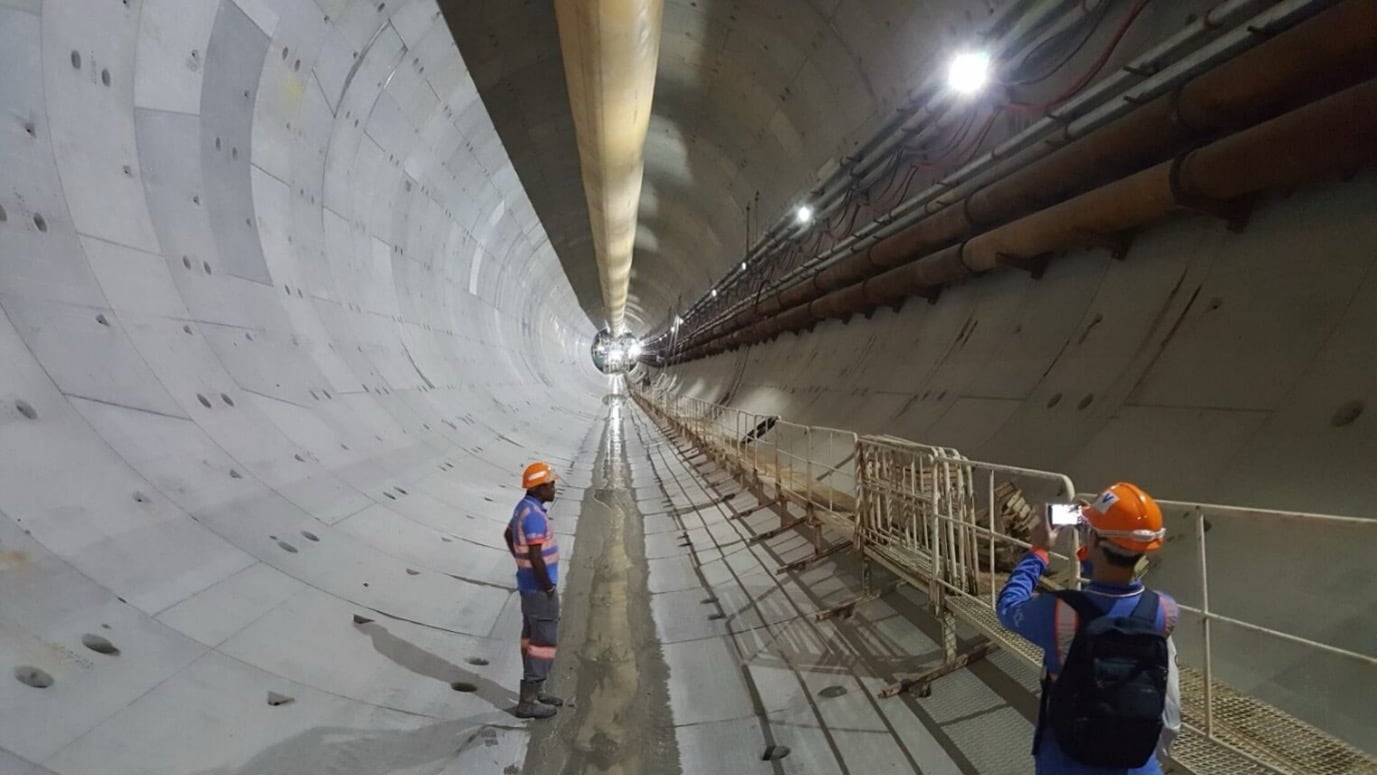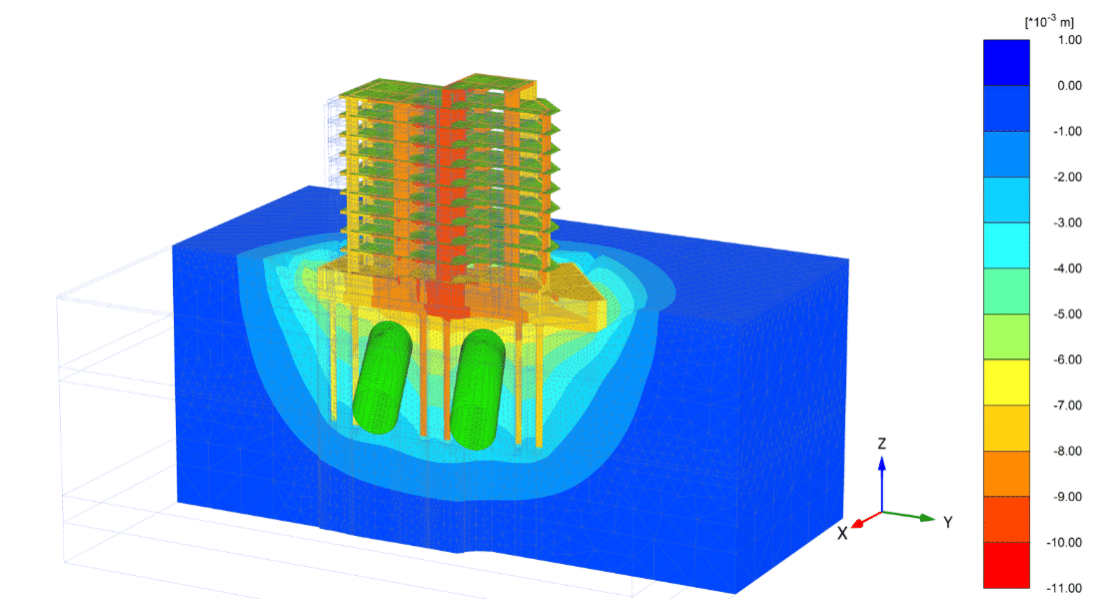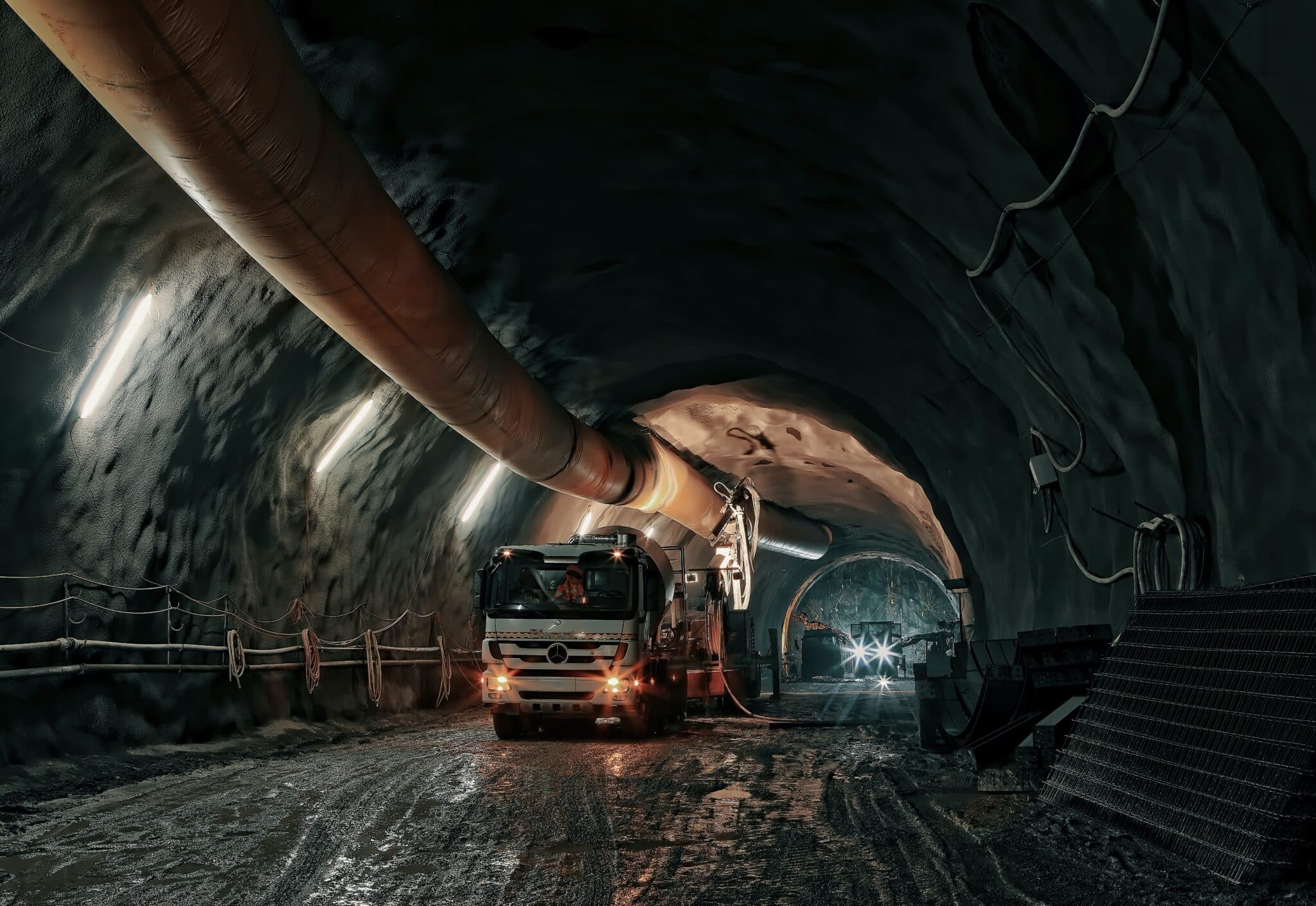This article was first published in the August 2024 edition of Geomechanics and Tunneling Journal.
As cities grow, and infrastructure projects within them become ever more ambitious, there is an increasing demand for tunnelling.
This means designers and engineers are facing a growing number of challenges, especially in tunnelling safely and efficiently through soft ground, where managing settlements and ensuring stability are critical.
At the same time, tunnelling teams are expected to do more with less, including working with tighter budgets, meeting shorter deadlines, and acknowledging the demand for lower margins of error.
The job is not getting any simpler… But there are ways of reducing risk and uncertainty, and boosting the accuracy of your tunnelling decisions.
Why urban tunnelling can be an unsettling experience
Densely populated urban areas raise a special set of problems for tunnel engineers and designers. There’s the proximity of existing infrastructure, utility networks, and buildings. There will be strict environmental considerations, such as controlling noise, vibration, and dust to mitigate impacts on residents and businesses. Then the sheer logistical complexity of operating tunnel boring machines (TBMs) in confined spaces with limited access, can prove testing to say the least.
Even the choice of TBMs poses a unique set of questions and complex decisions. Which type will deliver the most effective results in the circumstances and soil conditions – Earth Pressure Balance or Slurry Shields – and how do you arrive at the correct choice?

Construction of the Tuen Mun-Check Lap Kok Link. By carrying out sensitivity and parametric analyses in PLAXIS 3D, Golder Associates managed to reduce the number of barrettes required to control the tunnel ovalization from 158 to 106. Image: Golder Associates Hong Kong.
How numerical modelling makes the best choice clearer
Accurate, insightful numerical modelling has become profoundly important in meeting these goals, and essential in simulating the behaviour of soft soils under various loading and drainage conditions. Through advanced simulation methods and Seequent’s unique connected geotechnical workflow, engineers can ensure the safe, efficient, and sustainable development of underground infrastructure in cities.
“Seequent’s PLAXIS solution provides a comprehensive set of approaches to the numerical modelling of tunnel excavation. And importantly, it is equally at home with EPB or Slurry Shield techniques.”
It allows engineers to create detailed tunnel geometries and construction sequences, accommodating the specific requirements of both types of TBM. It facilitates the modelling of complex tunnel shapes and the incorporation of different lining types, ensuring accurate simulations of the excavation process in a timely manner.

Numerical modelling helps engineers assess interactions between tunnels and nearby structures. Image: Saidel Engineering
Key features include the PLAXIS Tunnel Designer, a powerful tool specifically created It comes with an extensive material library, and an automation and scripting interface, all perfectly integrated in a collaborative and connected workflow.
PLAXIS can therefore play a pivotal role in predicting ground movements, assessing tunnel performance, and optimising support strategies.
Understanding the problems…
A substantial portion of tunnels pass through soft ground, which often exhibits high compressibility and low shear strength, increasing the risk of ground settlement and tunnel deformation. Accurate numerical models engineers ensure the stability and integrity of the tunnel throughout the construction process and its operational life.
The presence of nearby structures, such as buildings and other tunnels, complicates tunnel projects. The excavation process can induce ground movements that affect the stability and integrity of these structures. Numerical modelling plays a crucial role in assessing the potential impacts and designing mitigation measures to protect existing infrastructure. By simulating the interaction between the tunnel and the surrounding ground, engineers can predict settlement patterns, identify critical zones, and implement strategies to minimise adverse effects, such as adjusting excavation techniques or installing protective barriers.
…and making the right TBM choice
– EPB Machines are designed to control ground pressure at the face of the tunnel. They use the excavated material itself to form a plug, balancing the pressure and minimising settlement. The primary advantage of EPB machines is their ability to handle a variety of soil types, especially those with high plasticity and low permeability.
– Slurry Shield Machines use a pressurised slurry (usually bentonite) to support the tunnel face. This method is particularly effective in highly permeable soils, such as sands and gravels, where maintaining face pressure is critical. Slurry shields are adept at managing water ingress and maintaining face stability. The downside is the complexity and cost associated with slurry treatment and separation processes, as well as the need for extensive surface infrastructure to handle the slurry.
Features and capabilities
How PLAXIS Tunnel Designer helps tunnel teams get to the right decisions faster and more confidently
PLAXIS Tunnel Designer allows engineers to create detailed tunnel geometries and construction sequences, accommodating the specific requirements of both EPB and Slurry Shield TBMs. This facilitates the modelling of complex tunnel shapes and the incorporation of different lining types, ensuring accurate simulations of the excavation process in a timely manner.
Extensive Material Library
PLAXIS boasts an extensive material library, which is essential for accurately simulating the diverse range of soil and rock conditions encountered during tunnel excavation. The wide array of constitutive material models helps engineers replicate the specific behaviours of sand, clay and rock mass under any loading conditions.
Automation and Scripting
The automation and scripting interface in PLAXIS boosts productivity and saves time. It makes tunnel numerical modelling more flexible, versatile and tightly targeted on the specific problems of a particular project.
Engineers can automate repetitive tasks and customise the modelling process through scripting, allowing for the rapid iteration of different scenarios and the fine-tuning of model parameters. This is invaluable when dealing with the complex and shifting conditions often associated with EPB and Slurry Shield tunnelling.
Connected Geotechnical Modelling Workflow
Seequent’s geotechnical modelling workflow integrates seamlessly with PLAXIS, providing a connected and comprehensive solution for tunnel design and analysis. This workflow leverages Seequent’s advanced data management, geological modelling and visualisation tools. Geotechnical data, design parameters, and construction progress can be integrated swiftly and easily.
Such connected workflows are becoming an increasingly important expectation within infrastructure projects. They ensure that all stakeholders have access to up-to-date information, enhance collaboration, and derisk decision-making throughout the tunnel construction process.
PLAXIS plays a key role in predicting ground movement and assessing tunnel performance in a record setting subsea traffic tunnel.
In the Tuen Mun-Check Lap Kok Link, Golder Associates Hong Kong Ltd, constructed one of the world’s largest subsea TBM tunnels, at a groundbreaking 55m below the surface and a 4.1 km length. Faced with the hugely complex soil conditions of newly reclaimed Hong Kong land, they knew that traditional geotechnical methods would not provide the ground movement control that would achieve the required 120-year service life.
Using PLAXIS Golder Associates produced a design that met the demanding TBM face slurry pressure required to maintain stability. They also achieved optimisations that shaved two months off construction time, reduced CO2 emissions by 1,500 tons and saved USD 16 million.





